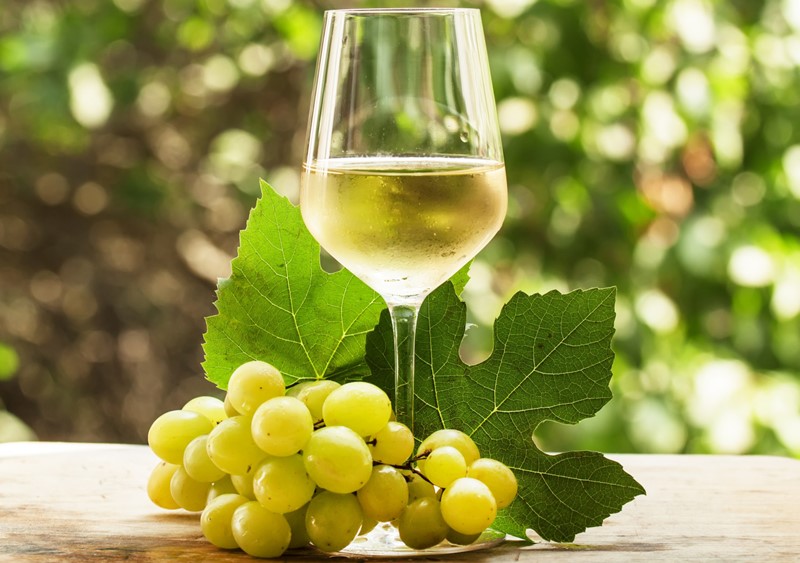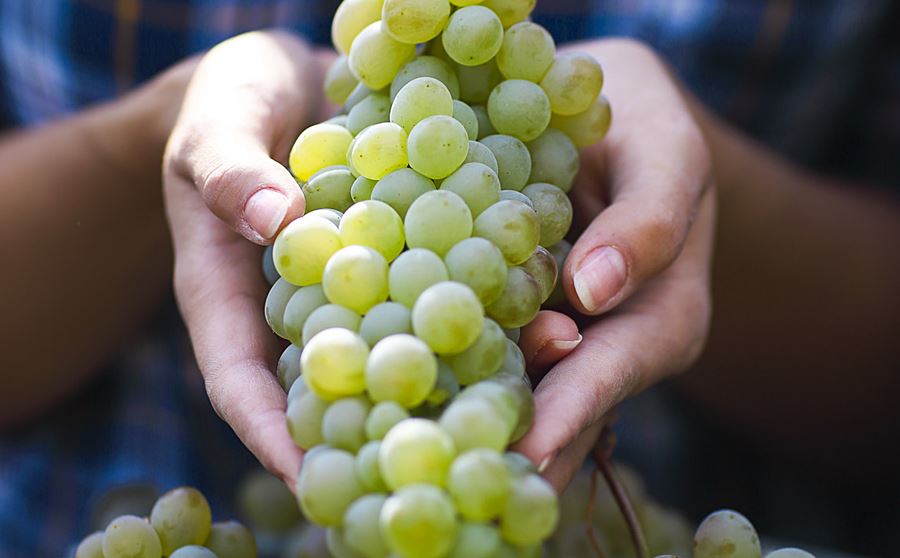Chardonnay: The unquestioned queen of the wine world
Discovering the timeless elegance of chardonnay

In the grand tapestry of wine, each grape variety brings its own unique thread, contributing to the vibrant colors and patterns that make up the world of viticulture. Among these, one variety stands regally above the rest, earning the title of the queen of white wines: Chardonnay. So, let's pop the cork and delve into the reasons behind its royal status.
Hailing from the prestigious vineyards of Burgundy, France, Chardonnay's lineage is as noble as its standing. Its birth is the result of a love affair between the Pinot and Gouais Blanc grapes, the latter introduced to France by the Romans. This lineage has given Chardonnay its regal poise, enabling it to conquer wine regions across the globe.
With a kingdom extending over 160,000 hectares worldwide, Chardonnay is not just prevalent; it's dominant. This widespread cultivation is not just a testament to its popularity among wine lovers but also its versatility and resilience. Chardonnay vines are relatively low-maintenance, adaptable to a variety of climates, and yield high returns, making them a favorite among viticulturists.

The heartland of Chardonnay, Burgundy's Chablis region, is where this grape truly shines. Here, it's not just a wine; it's a statement. Chablis is synonymous with Chardonnay, producing wines of such distinctive character that they've become benchmarks for the variety worldwide. Similarly, in the Champagne region, Chardonnay plays a pivotal role in creating the world-renowned sparkling wines that have been described as "drinking stars."
On the sensory front, Chardonnay's palette is as diverse as its geography. From pale yellow to golden hues, its appearance hints at the richness to come. The nose is greeted with seductive aromas of tropical fruits, apples, figs, and sometimes even hay, hazelnut, peach, or walnut. On the palate, Chardonnay is unmistakable. Its body, texture, and flavor profile can range from creamy and buttery, thanks to oak aging, to crisp and acidic, reflecting its terroir.
The optimal serving temperature for Chardonnay, between 7 and 10 degrees Celsius, ensures that each glass delivers the perfect harmony of flavors and aromas. This versatility makes Chardonnay a chameleon of the wine world, capable of reflecting the unique characteristics of its terroir while maintaining its distinct identity.
Chardonnay's adaptability extends to its stylistic expressions. From the unoaked, fresh styles that highlight fruit and acidity to the rich, oaky Californian versions and the elegant, buttery interpretations, Chardonnay can dress for any occasion. This versatility makes it an excellent partner for a wide range of cuisines, from poultry and pork to seafood and rich, creamy sauces.

The secret to Chardonnay's royal status lies in its ability to be all things to all people. Its widespread cultivation, ease of growing, and diverse styles mean there's a Chardonnay for every palate, every occasion, and every cuisine. It's this universal appeal that cements Chardonnay's position as the queen of the vineyard, reigning supreme across the wine world.
So, why is Chardonnay called the queen of wine? The answer lies not just in its versatility, elegance, and global dominance but in its ability to bring a touch of royalty to every glass. Whether celebrating Chardonnay Day or simply enjoying a casual dinner, this regal grape variety continues to win hearts and palates around the world.
Founded in 2007, Vinetur® is a registered trademark of VGSC S.L. with a long history in the wine industry.
VGSC, S.L. with VAT number B70255591 is a spanish company legally registered in the Commercial Register of the city of Santiago de Compostela, with registration number: Bulletin 181, Reference 356049 in Volume 13, Page 107, Section 6, Sheet 45028, Entry 2.
Email: [email protected]
Headquarters and offices located in Vilagarcia de Arousa, Spain.